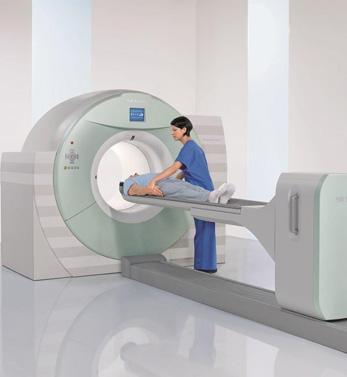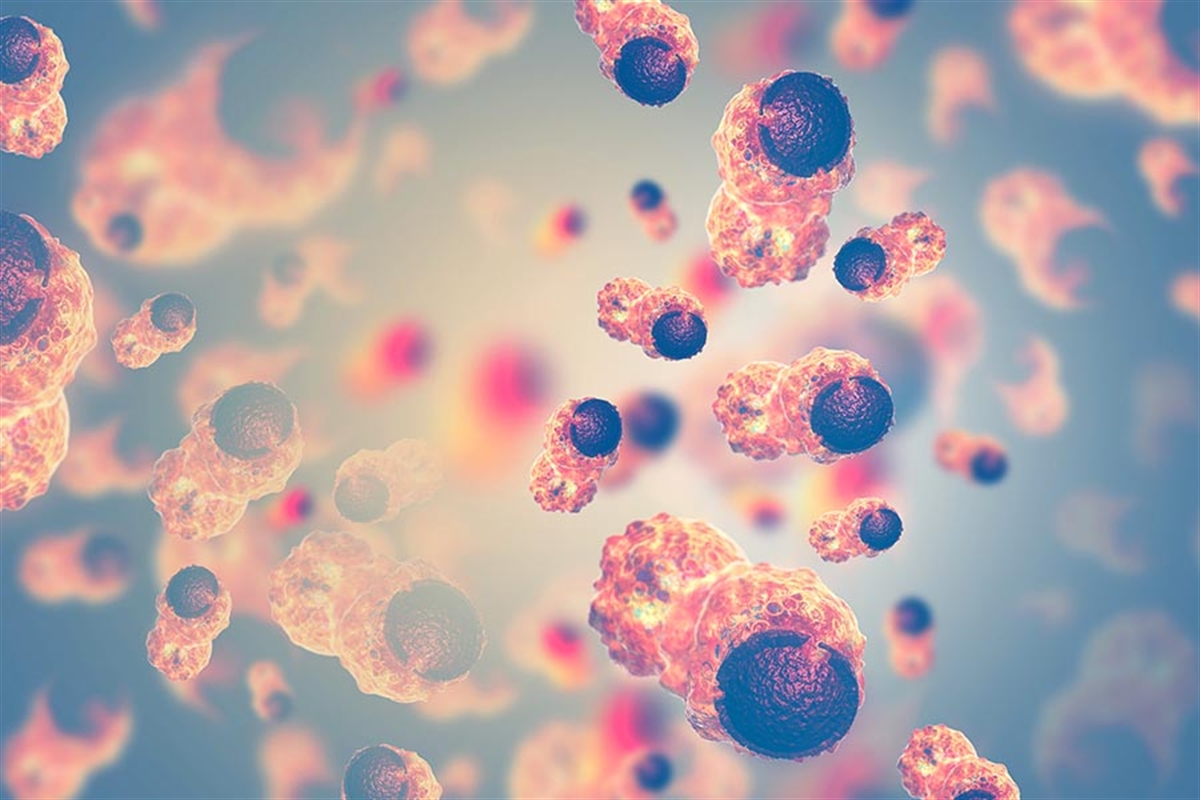

PET/CT, which is a method that increases the success in the fight against cancer for the identification of cancerous tissues, treatment planning and evaluation of the process, is considered one of the most important technologies for many patients to have a healthy life.

What is PET/CT?
Positron emission tomography (PET-CT) technology, combined with computed tomography (CT), is an important technology medical imaging method that allows the diagnosis of many diseases. PET/CT is widely used in the diagnosis and staging of cancer. In addition, its effectiveness is also used in the diagnosis of "undiagnosed diseases" such as fever of unknown origin, the detection of foci of infection, the detection of living tissue in heart patients, and the differentiation of Alzheimer's and dementia. In particular, all stages are carried out with PET/CT device for the first diagnosis, staging, determination of the extent of cancer, and an accurate treatment plan. PET/CT makes a significant contribution to the fight against the disease by creating a roadmap for cancer treatment.
What are the application areas of PET/CT?
PET/CT, which guides cancer treatment, is used in the following stages of diagnosis and treatment;
It determines the metabolism of the tissue suspected of cancer.
It reveals whether the masses detected by various imaging methods show cancer metabolism. If the mass is PET/CT positive, this mass consumes a large amount of glucose and it is more likely to be cancer.
It guides the biopsy of the tissue suspected of cancer from the area that will cause the least discomfort to the patient. Cancerous tissue can also cause damage in its own structure due to uncontrolled proliferation. From the tissue pieces to be taken from the damaged area, sufficient cells may not be obtained for diagnosis, PET/CT shows the areas where viable cells are concentrated and guides the biopsy.
It is a guide in reaching the diagnosis in the fastest way.

What are the distinctive features of PET/CT?
Evaluation of the extent of cancer: PET/CT technology is used successfully in many types of cancer in order to evaluate the extent of the disease (staging) at the first stage after the diagnosis of cancer. It is a guide for regional treatments in patients with spread (metastasis) disease.
Determination of the treatment approach: After this examination, the treatment approach changes on average in one out of three patients. Sometimes, instead of a heavy surgical application, drug treatment can be performed and the operation may not be necessary. In some cases, PET/CT shows that there is no spread in the patient who is thought to have distant spread, and allows the decision to remove the cancerous tissue by surgery instead of drug treatment decision.
Early detection of the benefit of cancer drugs: Cancer drugs are drugs whose side effects should be considered. The use of the appropriate drug both prevents side effects and can prevent the disease with the right drug and early intervention in the cancerous tissue. Evaluation with PET/CT after the 1st or 2nd cycle of the treatment provides early information on how useful the drug can be. Thus, the drug can be changed early and a new drug treatment can be started.
Determination of treatment response: With PET/CT, the response to cancer drug can be evaluated by measuring both structural changes and cellular activity intensity numerically. After the treatment is completed, the efficacy of the treatment can be determined by investigating the presence of living cancer cells. PET/CT is the imaging system that shows the earliest response to treatment.
Making a beam treatment plan: By mapping the areas of viable tumor cells to be irradiated in radiotherapy or radiotherapy with PET/CT, the chance of accurate and effective treatment increases. However, irradiation to healthy tissues is prevented.
Early detection of recurrent disease: After the treatment courses are completed, the patients are followed up with methods such as ultrasound and tomography and blood tests. In these methods, if a suspicious situation occurs, whether the live cancer cells re-emerge and their prevalence is determined by PET / CT method.
How is the PET/CT procedure done?
For PET/CT procedure, at least 6 hours of fasting is required from the patient. First, the patient's blood sugar is measured. If the blood sugar is within the desired limits, a radioactive substance is injected into the vein. Although there are various radioactive substances, the most commonly used one is F-18 Fluorodeoxyglucose. This substance is a sugar molecule attached to a radioactive substance called Fluor-18. Following the injection, the patient is waited for one hour to keep the drug in the cancerous tissue in sufficient quantity. It is then taken in the PET/CT device. Other substances used in PET/CT are F-18 NaF for imaging bones, Ga-68 PSMA for investigating the spread of prostate cancers, and Ga-68 DOTA-TATE for investigating neuroendocrine tumors. Apart from these, there are many radiopharmaceuticals that are not used routinely.
PET/CT can increase success in the fight against cancer in many stages, from detecting cancerous tissue to making a treatment plan, from evaluating treatment success to planning radiation therapy.